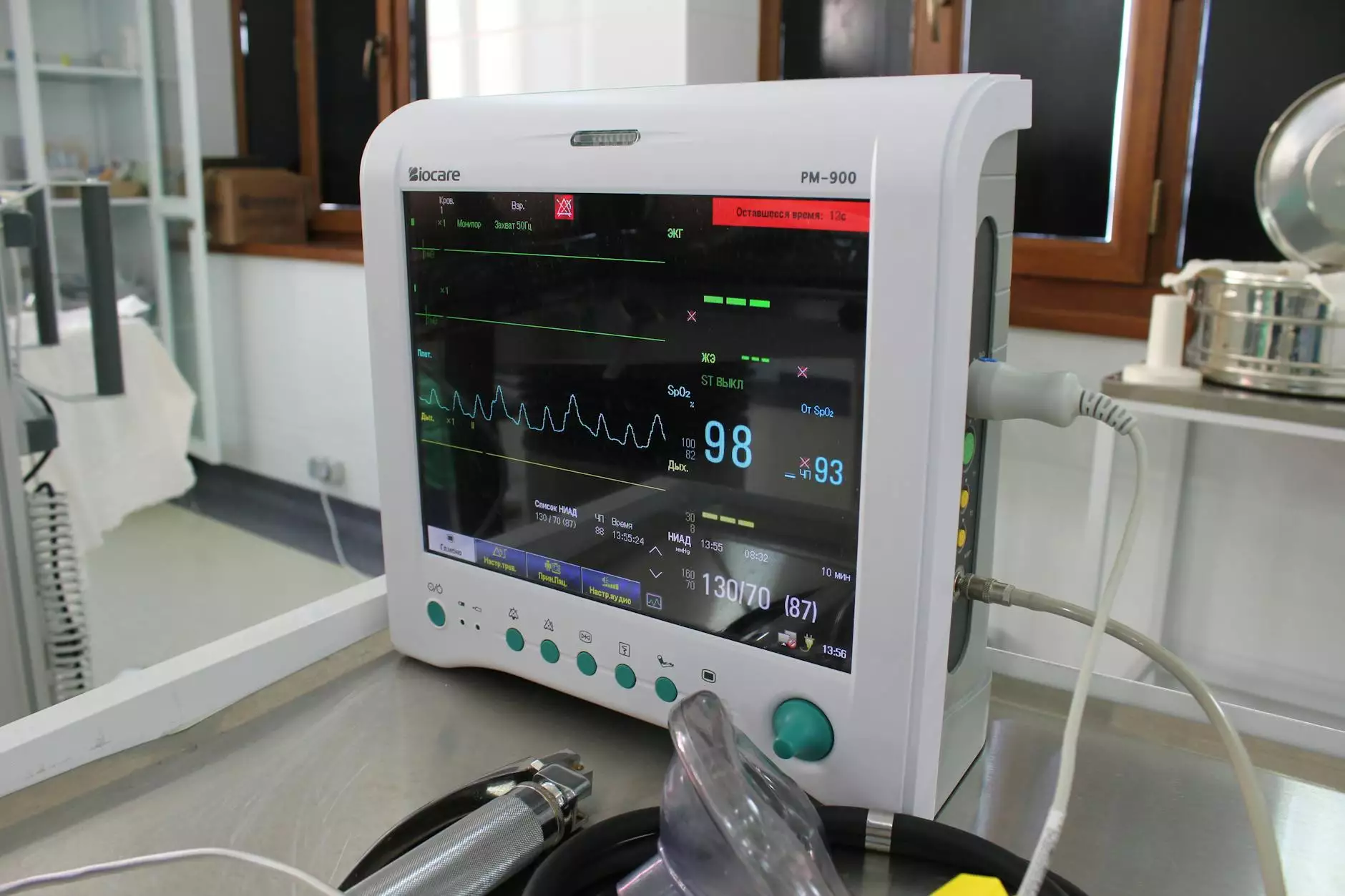Understanding Hysterectomy Procedures: A Comprehensive Guide to Women's Health and Wellness

In the realm of women's health, medical advancements continually provide innovative solutions to complex gynecological conditions. Among these, hysterectomy procedures stand out as one of the most common and effective interventions for various health issues affecting the uterus. Whether driven by benign conditions, malignancies, or other medical necessities, understanding the intricacies, benefits, and potential risks of hysterectomy procedures empowers women and healthcare providers alike to make informed decisions. This detailed guide aims to shed light on every aspect of hysterectomy, from types to recovery, ensuring you have a thorough comprehension of this vital surgical option.
What Is a Hysterectomy? An Essential Overview
A hysterectomy is a surgical procedure involving the removal of the uterus. It is typically performed to treat a range of benign and malignant gynecological conditions. The uterus, also known as the womb, is a vital organ in female reproductive health, playing a central role in menstruation, pregnancy, and hormonal regulation. When this organ becomes a source of medical concern, a hysterectomy may be recommended as a definitive solution.
Common Reasons for Performing a Hysterectomy
The decision to undergo a hysterectomy procedure is generally based on the severity of symptoms, failure of conservative treatments, or the presence of serious health threats. Typical indications include:
- Uterine fibroids: Non-cancerous growths causing heavy bleeding, pain, or pressure.
- Endometriosis: A condition where uterine tissue grows outside the uterus, leading to pain and fertility issues.
- Adenomyosis: The inner lining of the uterus breaks into the muscular wall, causing pain and abnormal bleeding.
- Uterine prolapse: Descent of the uterus into the vaginal canal, resulting in discomfort and functional impairment.
- Chronic pelvic pain: Persistent pain unresponsive to other treatments.
- Gynecological cancers: Such as uterine, cervical, or ovarian cancers requiring surgical intervention.
- Abnormal uterine bleeding: Heavy, irregular bleeding that disrupts daily life and does not respond to medical treatment.
Types of Hysterectomy Procedures: Tailoring Treatment to Patient Needs
Advancements in surgical techniques have enabled personalized hysterectomy procedures tailored to individual health profiles and surgical goals. The main types include:
1. Total Hysterectomy
This involves the removal of the entire uterus, including the cervix. It’s often performed for conditions such as fibroids or certain cancers. Sometimes, it’s combined with removal of the fallopian tubes and ovaries depending on the health necessity.
2. Subtotal (Partial or Supracervical) Hysterectomy
Only the upper part of the uterus is removed, with the cervix left intact. This procedure may be suitable for benign conditions where preservation of cervix offers benefits like quicker recovery.
3. Radical Hysterectomy
This more extensive surgery involves removing the uterus, surrounding tissues, part of the vagina, and lymph nodes. It is primarily indicated for high-grade or invasive gynecological cancers.
4. Minimally Invasive Hysterectomy Options
Thanks to technological advances, hysterectomies can often be performed with less invasive techniques, resulting in quicker recovery times and fewer complications:
- Laparoscopic Hysterectomy: Utilizing small incisions and a camera to guide the surgery.
- Vaginal Hysterectomy: Removal of the uterus through the vaginal canal with no abdominal incisions.
- Robotic-Assisted Hysterectomy: Employs robotic systems for enhanced precision, often used in complex or large uterus cases.
Understanding the Surgical Process of Hysterectomy Procedures
Each type of hysterectomy procedure involves a comprehensive surgical process tailored to the patient's condition. Preoperative preparation includes detailed consultations, imaging studies like ultrasounds or MRI, and assessments to ensure fitness for surgery.
During surgery, anesthesia is administered to ensure patient comfort. The approach—laparoscopic, vaginal, abdominal, or robotic—dictates the surgical steps. Surgeons meticulously remove the targeted tissues, carefully preserving surrounding organs and neurovascular structures to minimize complications.
Postoperative care typically involves monitoring in a recovery area, pain management, and avoiding strenuous activities for several weeks. Most patients can expect to return to normal activities within 2-6 weeks, depending on the procedure performed.
Benefits of Undergoing a Hysterectomy
The benefits of hysterectomy procedures are numerous, particularly when conservative treatments have failed. Key advantages include:
- Resolution of symptoms: Significant reduction or complete elimination of heavy bleeding, pain, or pressure symptoms.
- Definitive treatment: Especially for cancers or severe uterine conditions, hysterectomy provides definitive management.
- Improved quality of life: Relief from chronic pain, bleeding, or pelvic discomfort enhances daily functioning.
- Psychological relief: Cancer diagnosis or relentless symptoms can severely impact mental health; surgery offers reassurance and a fresh start.
- Reduced risk of future complications: Prevention of recurrent or worsening gynecological issues.
Potential Risks and Considerations in Hysterectomy Procedures
While hysterectomies are generally safe, potential risks must be considered. These include:
- Infection and bleeding
- Damage to surrounding organs: Bladder, bowel, or blood vessels;
- Hormonal changes: Especially if ovaries are removed, leading to menopause symptoms.
- Postoperative complications: Such as blood clots or anesthesia reactions.
- Impact on fertility: Since the uterus is removed, natural conception is no longer possible.
Recovery and Aftercare Following a Hysterectomy
Recovery varies based on the type of hysterectomy procedure performed. Typically, patients need:
- Rest and limited activity: Usually 1–2 weeks post-surgery, avoiding heavy lifting or strenuous exercises.
- Pain management: Using prescribed medications to control discomfort.
- Monitoring for signs of complications: Such as fever, unusual bleeding, or severe pain.
- Follow-up visits: Ensuring proper healing and addressing any concerns.
- Gradual return to normal activities: Usually within 4–6 weeks, under medical guidance.
Advancements in Hysterectomy Techniques: Paving the Way for Better Outcomes
Modern surgical innovations are continually transforming hysterectomy procedures, emphasizing minimally invasive options that reduce pain, scarring, and recovery time. Robotic-assisted surgery, enhanced visualization, and laparoscopic techniques have vastly improved patient outcomes, particularly for complex cases involving large fibroids or pelvic adhesions.
Choosing the Right Specialist for Your Hysterectomy
Leading clinics like drseckin.com offer expert obstetricians and gynecologists dedicated to performing safe, effective, and personalized hysterectomy procedures. When selecting your healthcare provider, consider:
- Experience and specialization in minimally invasive gynecologic surgery
- Use of advanced surgical technology and techniques
- Patient-centered approach focused on informed consent and comfort
- Comprehensive preoperative and postoperative care
Final Thoughts: Embracing a New Chapter in Women's Health with Hysterectomy
Having a thorough understanding of hysterectomy procedures enables women to approach their treatment options confidently. Advances in surgical techniques, personalized care, and dedicated medical professionals like those at drseckin.com ensure that this journey is safe, effective, and aligned with individual health goals. With proper planning and expert guidance, a hysterectomy can be a transformative step towards improved health and renewed quality of life.
For those considering this option, comprehensive evaluation, thorough discussion with specialized obstetricians & gynecologists, and access to state-of-the-art surgical techniques are essential. Remember, your health and well-being are the priorities, and quality care makes all the difference.









